Illios. Nepal. Lijiang Tower.
It comes as no surprise thatAssault maps are still the most despised group of maps inOverwatch; not to be outdone by King of the Hill (KOTH) maps, which are hated just nearly as much, but are experiencing a surge in play in the professional Overwatch scene. I can only speculate that teams are scrimming on them more, but the gameplay speaks for itself. More often than not, it appears that mid to lower tier teams do not understand the basics of momentum and control on KOTHmaps. In an effort to explain momentum in Overwatch in a way esport fans are used to, I like to use an analogy comparing having ultimates in Overwatch to having money in Counter-Strike: Global Offensive. For the purposes of this article, I will be largely ignoring team compositions and primarily focusing on ultimate charge and positional advantages and how they relate to winning KOTH maps.
First Contact: EvenFooting
The first fight on KOTH is similar to a pistol round in CS:GO. Both teams are approaching the fight with roughly equal tools available to them. In CS, you may have slight differences in what you buy; kevlar, grenades, maybe a better weapon. Similarly in Overwatch, you might have differences in hero selection. But as a whole, in the first engagement, no one has ultimate abilities ready, so everyone is reliant just on their basic skills and on their ability to hit their shots. Of course, there are options for teams to gain advantages, which is where map positioning comes into play. The most notable kind of advantage the map can grant you is high ground. The advantage of high ground is that you can fire upon your enemies entire hitbox while only exposing the top part of yours. Most notably, on Nepal: Village,both teams rush up to the high ground completely ignoring the capture point. Thus, the first fight often does not happen around the point. Instead, it focuses on securing positional advantage to win the initial engagement, then capturing the objective. The second thing teams often do to establish an advantage is simply reach the contested areas first. Lucio is already a meta staple, as I discussed here, but his ability to swiftly bring his team into battle is an absolute must to avoid losing control on KOTH maps. Other notable examples include picking Solider 76 or Tracer, who can both use their ability to travel quickly to reach important locations before the enemy team, where they can then fire upon their opponents, forcing them onto the defensive.
Fight Two, Electric Boogaloo: Positional Advantage
Inevitably, someone has to win the first teamfight, and similarly to CS:GO, winning the first fight puts you in an advantageous position for the next couple of fights as well. In CS:GO, winning the first round puts you at a money advantage, which gives you access to better weapons, but not always the ideal rifles. In Overwatch, when you win the first fight, your team gets to capture the point relatively uncontested, and may have access to a couple of ultimates.Depending on how much damage or healing each hero did during the engagement, it is not uncommon to see some of the quicker charging ultimates ready, such as Winston’s Primal Rage orMcCree’s Deadeye. But usually, these ultimates are only available for the victorious team as normally the winning team does more damage. In CS:GO, having a weapon advantage usually means you win that round, and similarly, having an ultimate advantage means you likely will win the next engagement inOverwatch. Ultimate abilities do not always guarantee a teamfight win, but they are simply extra options available to a team, and powerful ones at that. Of course, if the enemy team hits every headshot and your squad starts shooting the ground, you will lose. But these extra tools, combined with the other kind of map advantage you gain, are normally enough to secure the second teamfight win. The second kind of map advantage besides high ground is control over choke points of the map. The easiest example is at Lijiang Tower: Night Market. The team in control of the point can push out and take over the courtyard area.Controlling this one area of the map lets a team watch every angle the enemy team can approach from, and fire upon them as they attempt to push forward. When your team is forced to walk through a narrow area, you naturally become clustered up and provide a bigger target for your enemies. And because Reinhardt suffers so heavily on KOTH maps, you do not have the usual shield tank to push through with. Later in the match, a team can force their way through with Lucio speed and an ultimate from Zenyatta orLucio. However, this still puts them at a disadvantage as they use one of their primary survival ultimates just to approach the point. Due to these advantages, the team who initially bests the other can hold the point for another fight with ease, all the while racking up time in control of the objective and getting closer to the win.
Rocky III: Force Buy Round
The third round in Counter-Strike is often where the losing side can buy up, picking up rifles and armor, especially if the team is playing on the T-side and they planted the bomb once or twice. But unless they have also been picking up lots of frags, they usually cannot also afford full grenades, so they have a few less tools at their disposal. On KOTH maps in Overwatch, the third engagement plays out very similarly. This time, the loser of the first few fights has several ultimates up, but may be missing slower charging ultimates like Zarya’s Graviton Surge. While on the winning side, they have stocked up on their slow charging ultimates and are ready to once again ride into battle. This time around is where things start to get more interesting. While in the second engagement, the losing side often does not have the raw power to contest with the winning teams’ hold, now in the third fight, the losing team has a few options available to them. This is often the first real chance they have to make it back into the game. But it still requires a few small outplays, as generally the quicker charging ultimates you may have up are not as powerful as some of the higher charge ultimates, such as Death Blossom orTranscendence.
The Grand Finale: Full BuyRounds
Eventually in Counter-Strike.both teams will have the money to fully buy, picking up all the rifles and grenades they want. This is when team coordination and aim matter even more as your available tools are on even footing with your opponents. In Overwatch, the fourth or fifth fight is often when we see both teams fully or nearly fully stocked on ultimates. This fight is when both teams are most evenly matched, and it is the best chance for the losing team to win a fight. This is also the critical breaking point for the losing squad. If this far into a map you still have not captured the point, your enemies are usually somewhere over 90% done with completing the objective, so this fight is do or die for the losing team. They can start equalizing the map or outright lose. But even this fight is an uphill battle because the attacking squad still does not have map control. Due to all of the advantages the winner of the first engagement has for the duration of the map, the initial fight is absolutely crucial to establishing control and winning the point. This is one of the reasons we see upper tier teams with more skilled players dominating on KOTH maps.
Rinse and Don’t Repeat
Of course, the layout I have run through is fairly binary. If you follow this logic path blindly, you would think that if you win the first fight, you will immediately win the map. But what I have laid out so far completely ignores the biggest factor in the game: the players. Sometimes you will seeShadowburn go insane and outplay everyone on Genji, or Surefourblinking around like a madman eliminating players one at a time onTracer. In this meta, the numerous McCree gods might just hit a few headshots in a row and eliminate an entire team. Players occasionally will carry their teams back into a map with individual skills alone, which is why it is important to know who the star on the opponent’s team is, so you can focus them down early. As we often see from mid to lowtier teams, sometimes we get games that swing back and forth with almost every engagement. While these games are entertaining to watch, this is the result of poor map play. Oftentimes, lower tier teams do not properly use advantages afforded to them by the map,and not just on KOTH. When teams willingly give up the map control they could hold, it places the attackers in a much more favorable situation. Comeback fight wins become easier to pull off,and the second or third engagement can swing either way. This kind of sloppy play can reset a map and place the previously winning team on their back foot.
Into the Future
I have said it before and I will keep saying it until it is no longer true: if you watch mid tierOverwatch teams, even top tier teams, it is obvious they do not have analysts watching and studying the game for them. Squads are slow to pick up on the trends of the top teams and appear to be missing core fundamentals of the game. Understanding momentum is an essential part of Overwatch. King of the Hill maps simplify the equation because you are attacking the same part of the map over and over as opposed to changing circumstances on payload maps. I hope to see teams starting to learn from previously played games so that we can enjoy higher levels of play.
GGs, Elbion Image Credit: overwatch.wikia.com


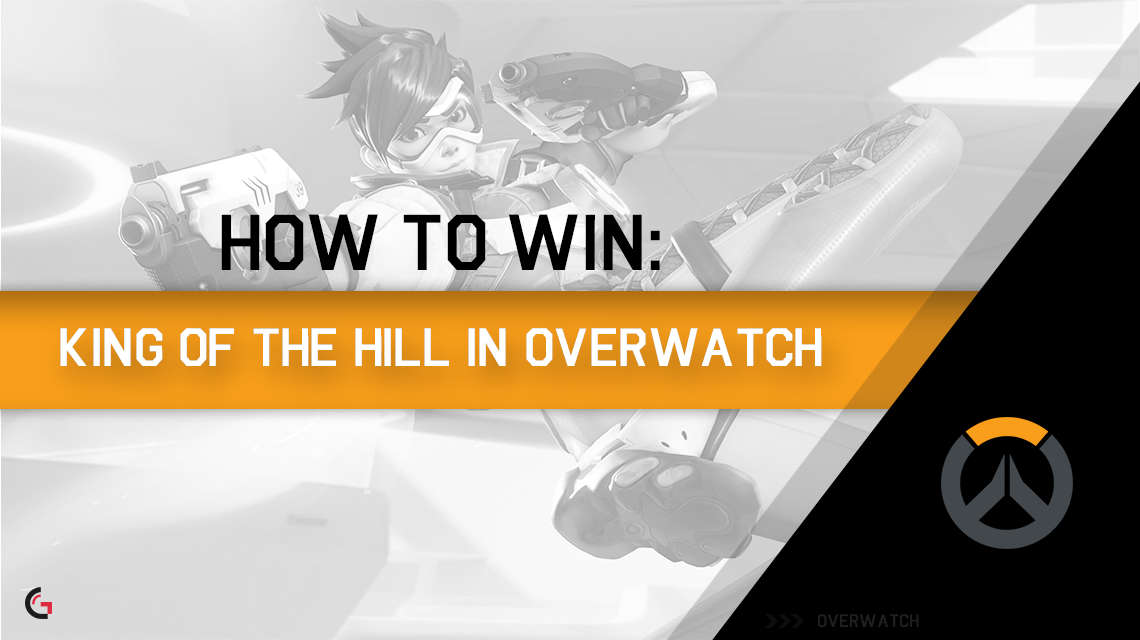
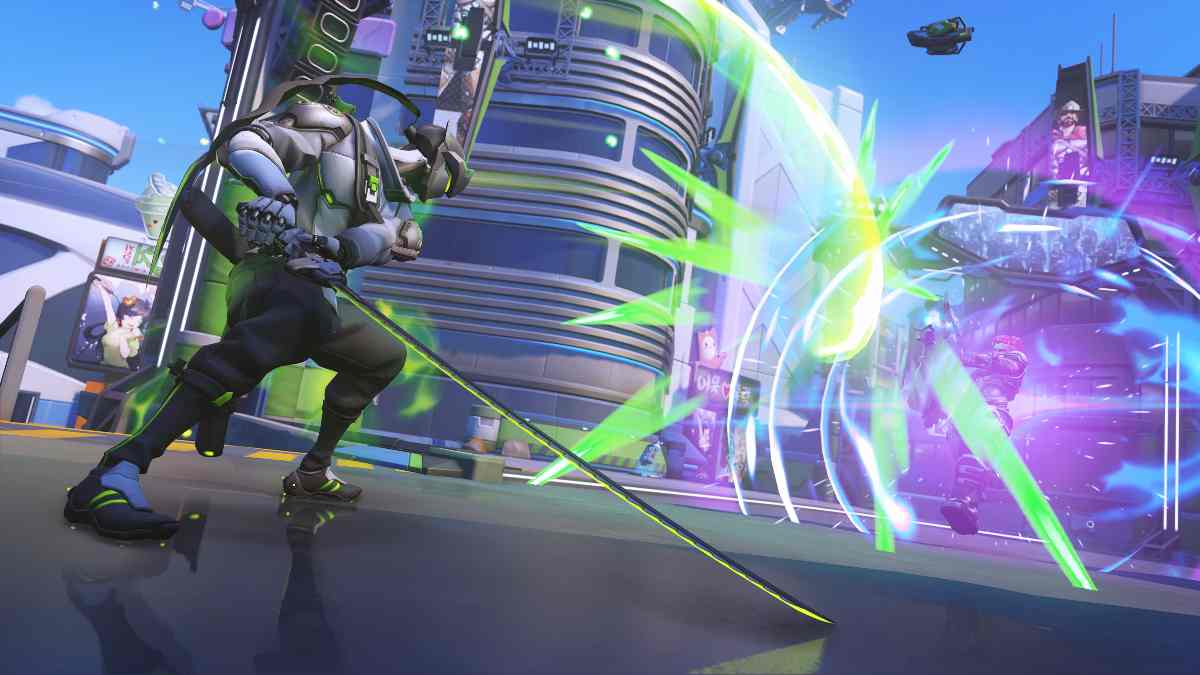
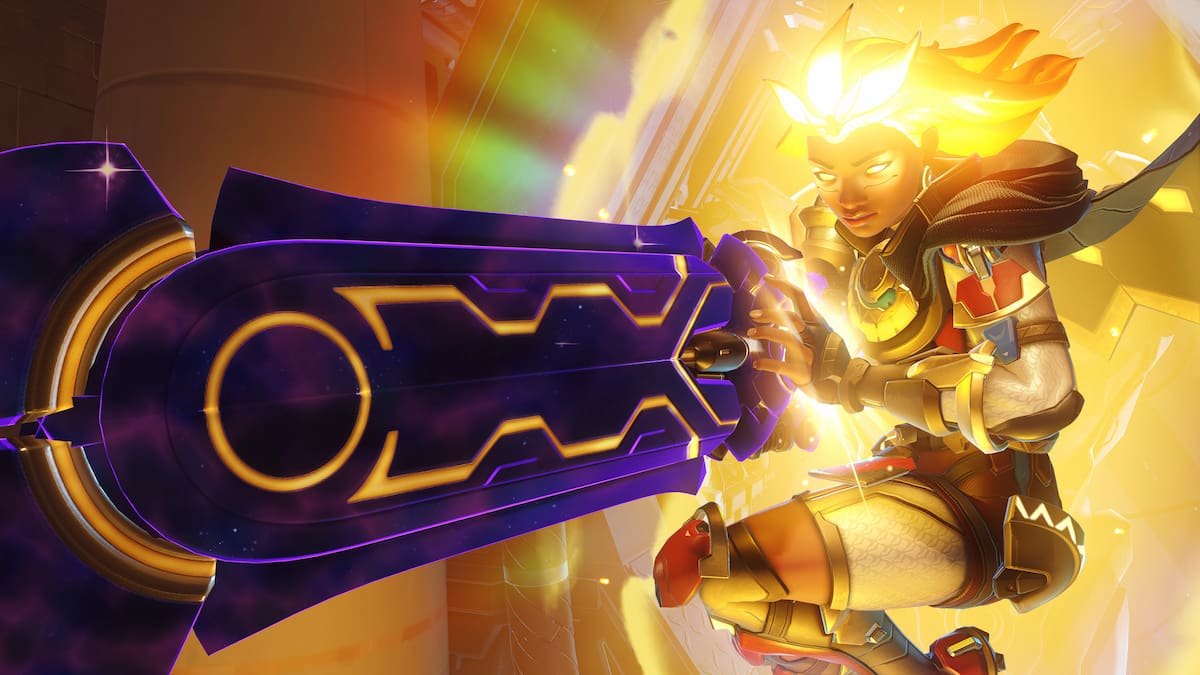
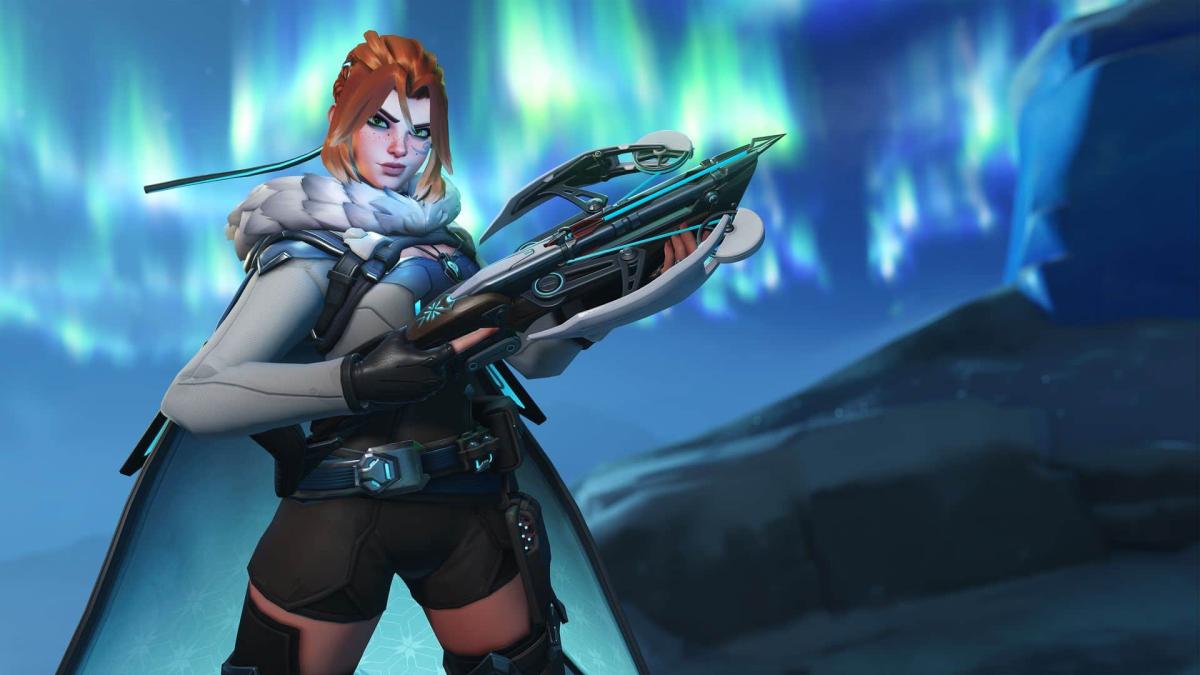
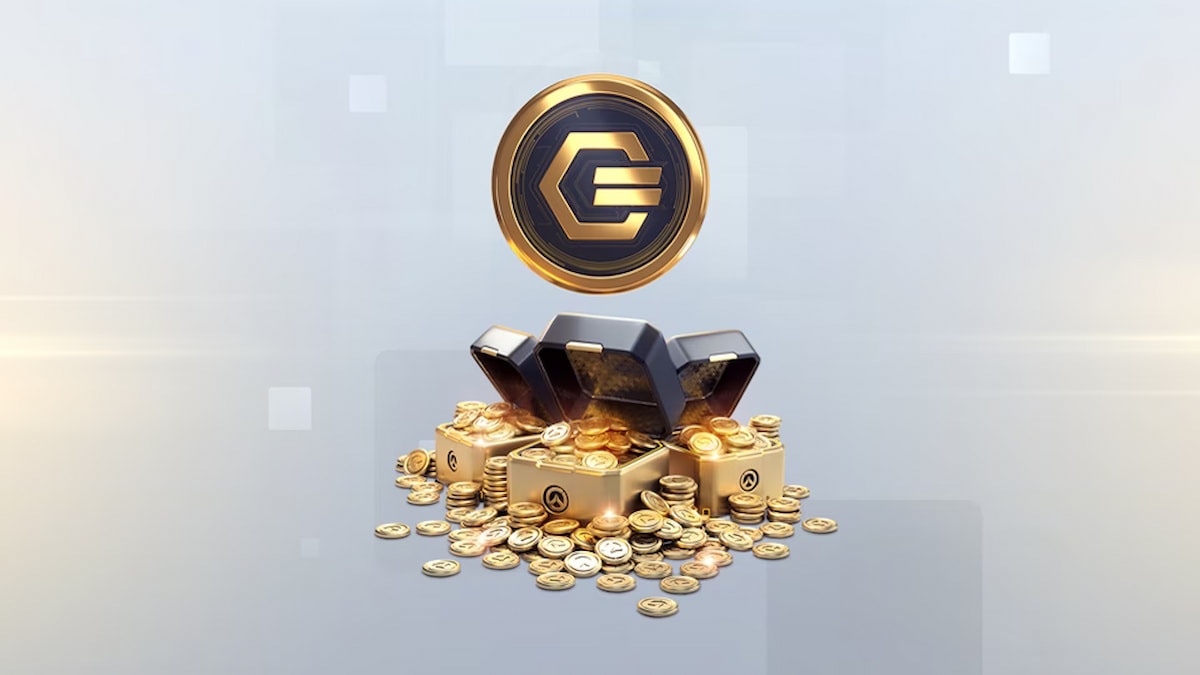
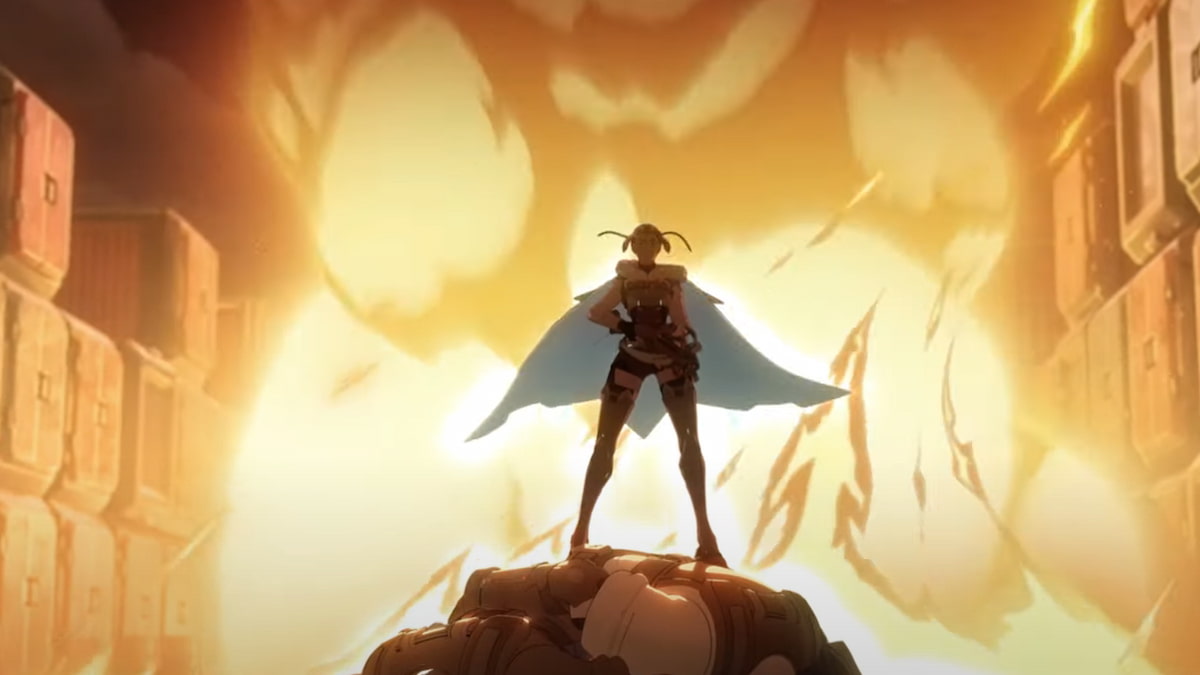
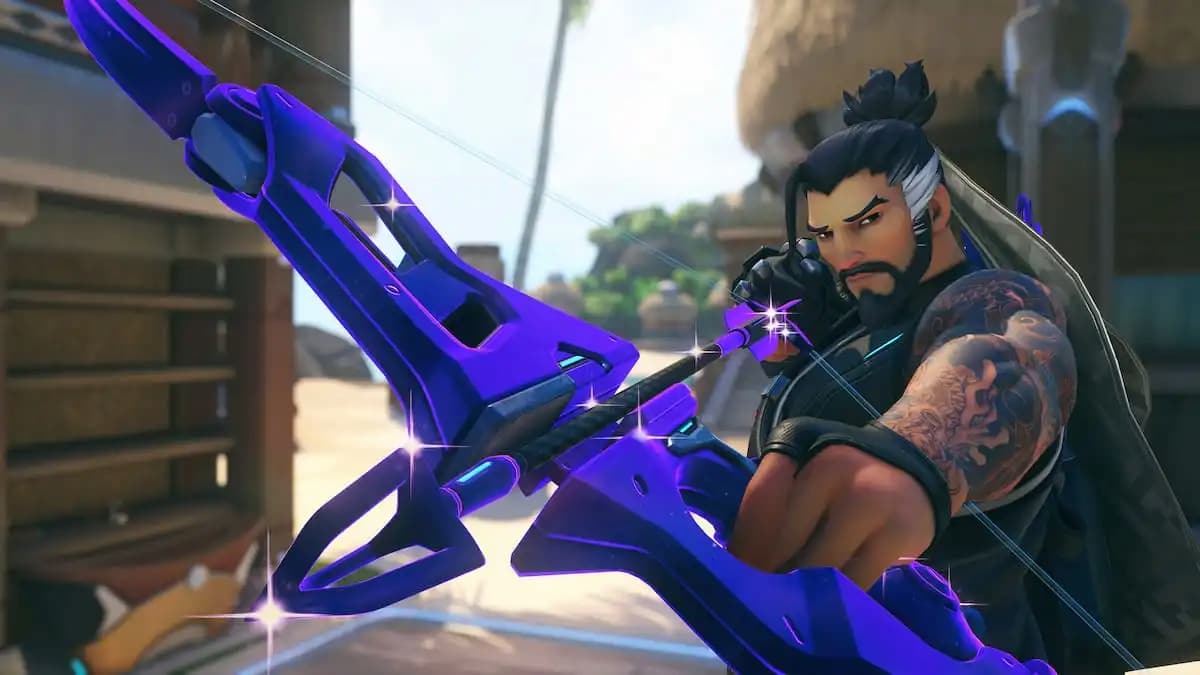
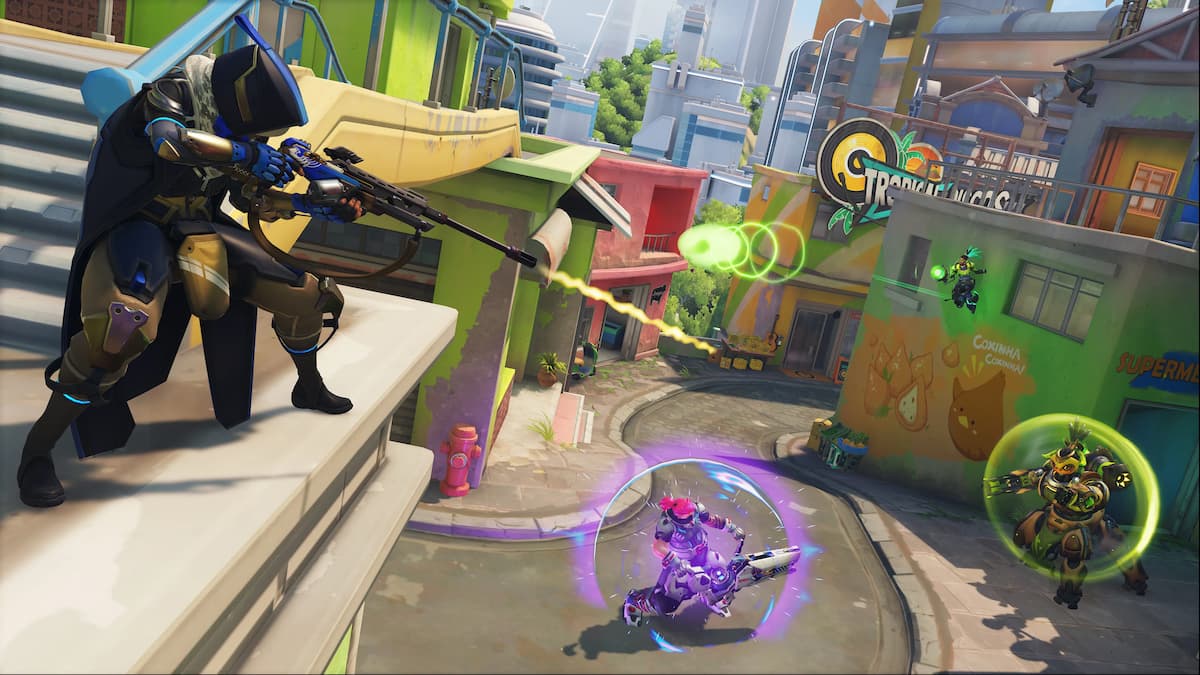
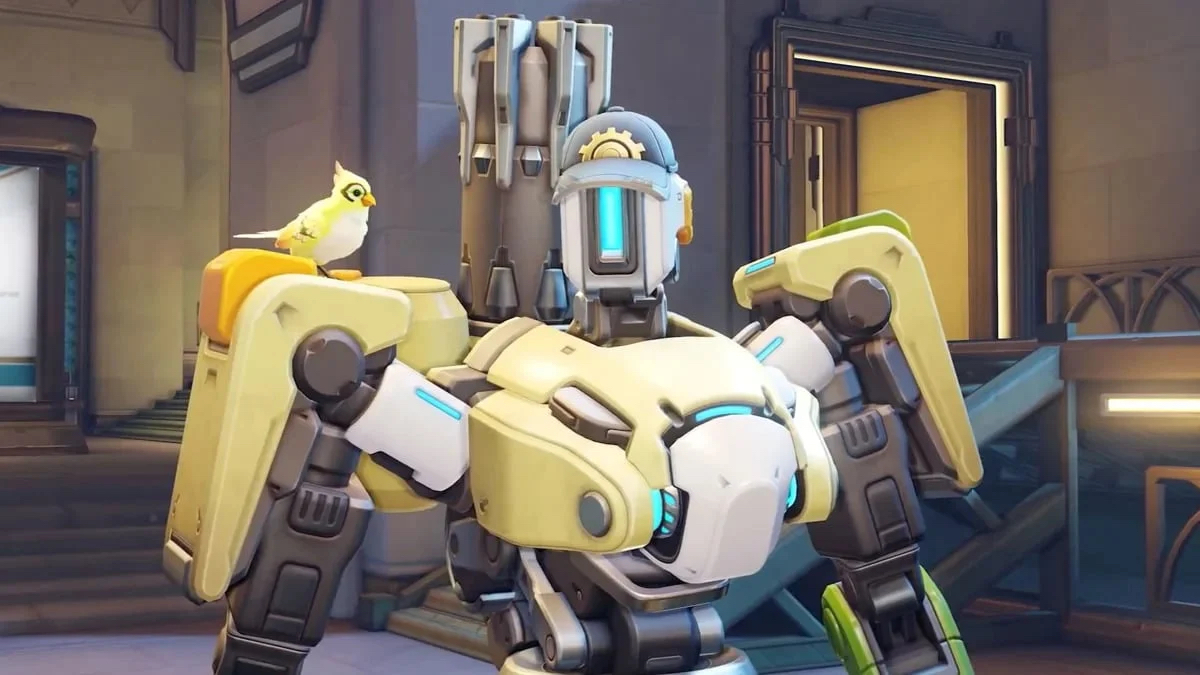
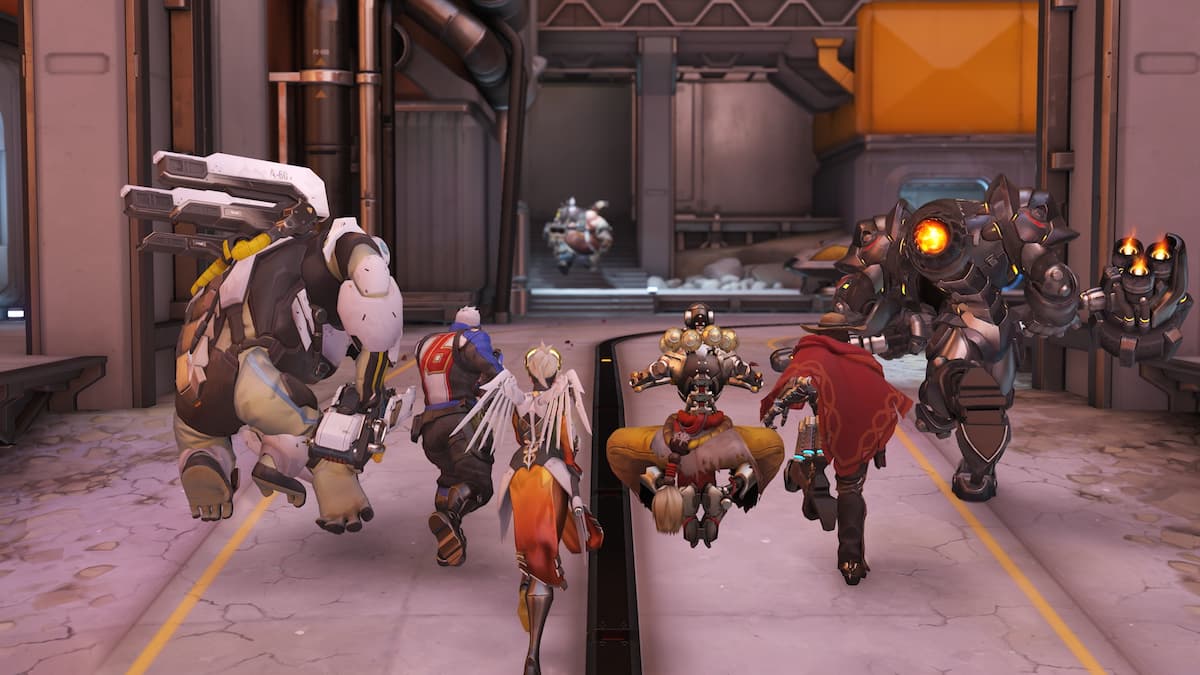
Published: Jul 31, 2016 06:23 am